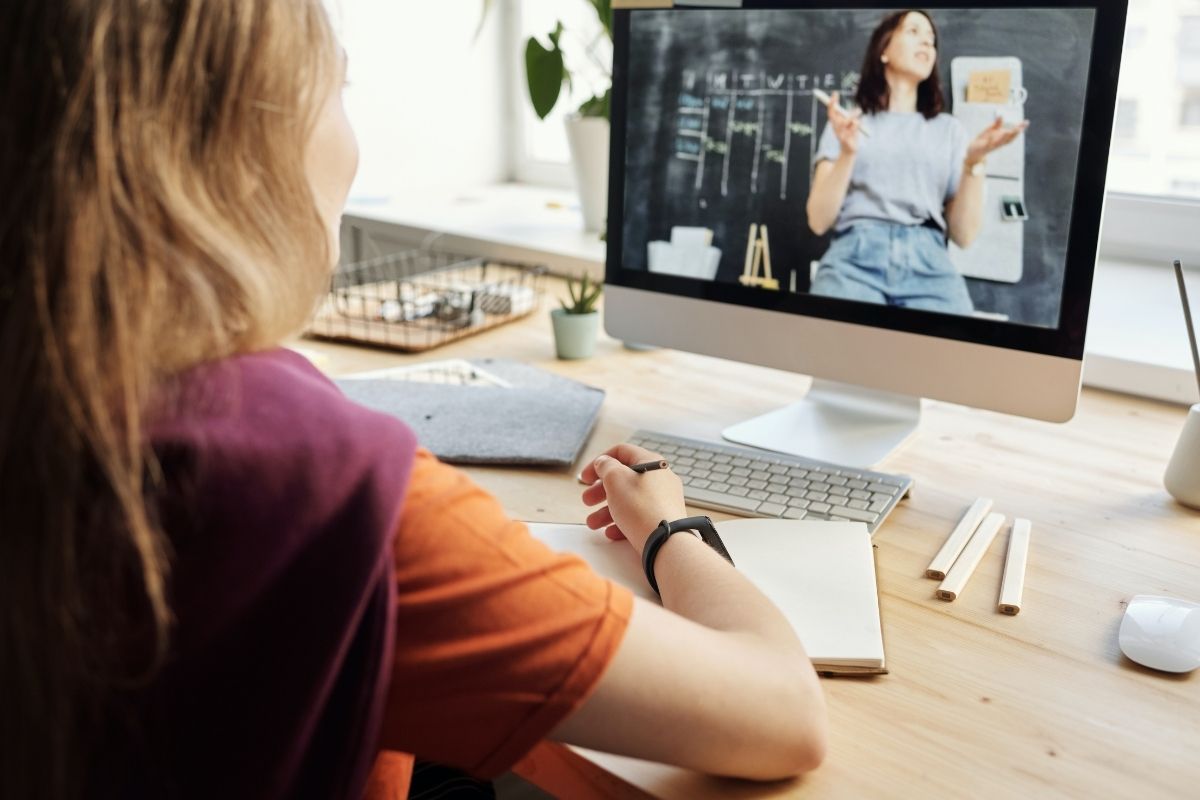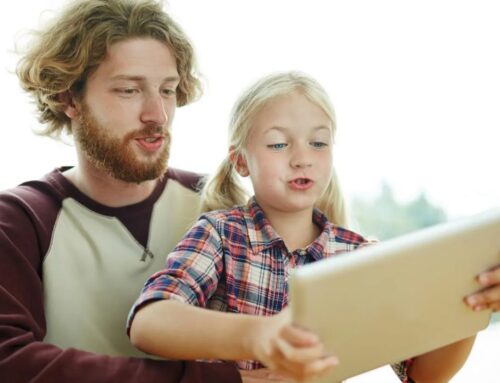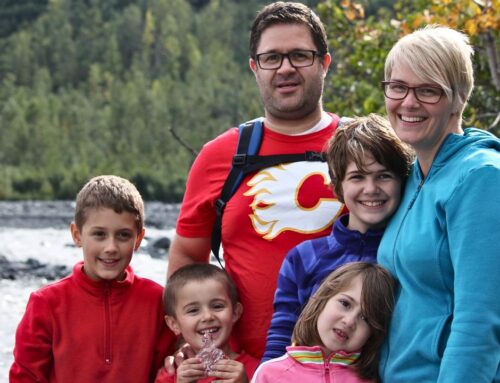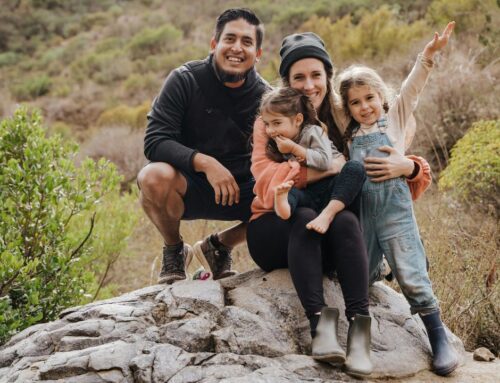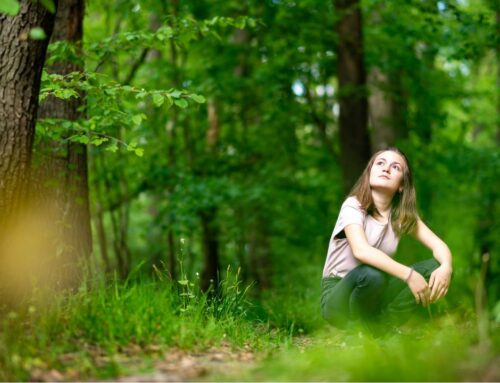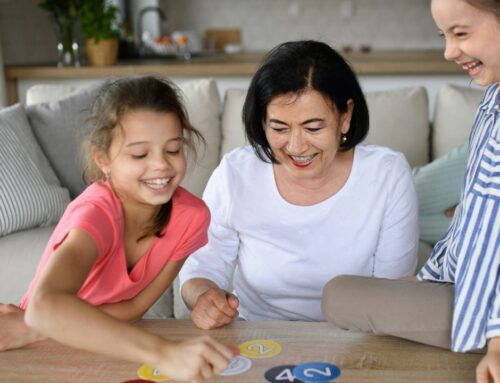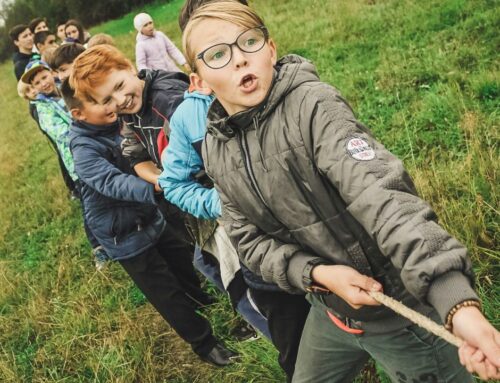For many families with kids, report cards provide regular summaries of their children’s progress and achievements at school. Even in British Columbia, where schools are moving away from assigning letter grades, both formal written reports and informal communications document student progress throughout the year.
SelfDesign Learning Community has unique ways of meeting the Ministry of Education guidelines for communicating student learning. We approach assessing, documenting and reporting on learning through a series of learning communications. At SelfDesign, we follow the BC Ministry of Education curriculum in a way that puts your child at the centre of their learning journey. We believe that learning is a process that is centred on relationships and conversation.
Our learning communications are at the core of this process and are opportunities to sum up in a big-picture way the learning that has taken place. They are assessment points when the educator and the learner and family engage meaningfully about the learner’s growth towards the goals set out in the learner’s own learning plan.
Laying the groundwork
Learning, assessment and reporting at SelfDesign centre around the child’s personalized learning plan. This guiding framework allows the learner to explore, engage, try things out and dive more deeply into learning, according to their interests, passions, needs and specific circumstances. It also provides the starting point for conversations about learning and growth towards learning goals and competencies.
Our Observing for Learning process is also key to how we assess and report learning. These ongoing, weekly conversations between the family, learner and educator about the joys, struggles, challenges and insights the learner experiences provide much of the evidence of learning that is happening.
“By engaging with kids in their learning, we watch, we listen, and we discuss with them,” says Principal of Educational Programs Nikki Kenyon. “These generative conversations allow for our learners to grow in a natural way.”
Learning communications: Reflecting and reporting on learning
Learning communications involve SelfDesign educators, learners and families pausing together to reflect on, explore, assess and summarize learning that has happened in recent months. They are also opportunities to revisit and finetune the learner’s learning plan to reflect emerging interests. The educator may add a new goal to the learning plan and suggest new activities and resources to support learning.
The results are noted in the learner’s online e-portfolio, where the learner and family can access and refer to them throughout the year.
The assessment process must connect “with the indicators of learning and competencies set out by the Ministry of Education,” says SelfDesign educator Kathleen Forsythe, who is also our former vice-principal, principal and executive director.
“Our educators are supported to understand how to assess the learning shared by understanding that learning can look many different ways. Our educators must be aware of the individual learner’s plans, developmental level and capacity in order to assess whether their experiences adequately reflect the skills and competencies that may be expected to arise.”
Learning communications are undertaken seasonally for all learners in kindergarten to grade 12, and follow a framework with some written summaries and some informal conferences. As learners grow older and more independent, they become more involved in the process, engaging and developing the skills to reflect on and assess their own learning.
Learners and families are encouraged to indicate any highlights, challenges, artifacts created, or learning they are proud of. Educators reflect and summarize the learning they’ve observed weekly through the Observing for Learning process, and they map this growth to the curriculum competencies. Learners are also involved in exploring the BC Ministry of Education and SelfDesign core competencies and choose at least one competency-based goal each learning year to be integrated into their learning plan and connected to throughout the year. Reflecting on core competency progress and setting goals is part of the learning communications process.
“We aren’t just going through the motions of acquiring knowledge,” says SelfDesign educator Nina Fleming. “As learners are engaging in the learning process, then we as their support team are helping draw attention to not just the content of what’s being learned but how it’s being learned. When learners gain that deeper self awareness, it gives them a real inner knowing about their own learning process.”
Read more about SelfDesign’s no-grades model for assessing learning
Learn more about SelfDesign Learning Community’s approach to learning

